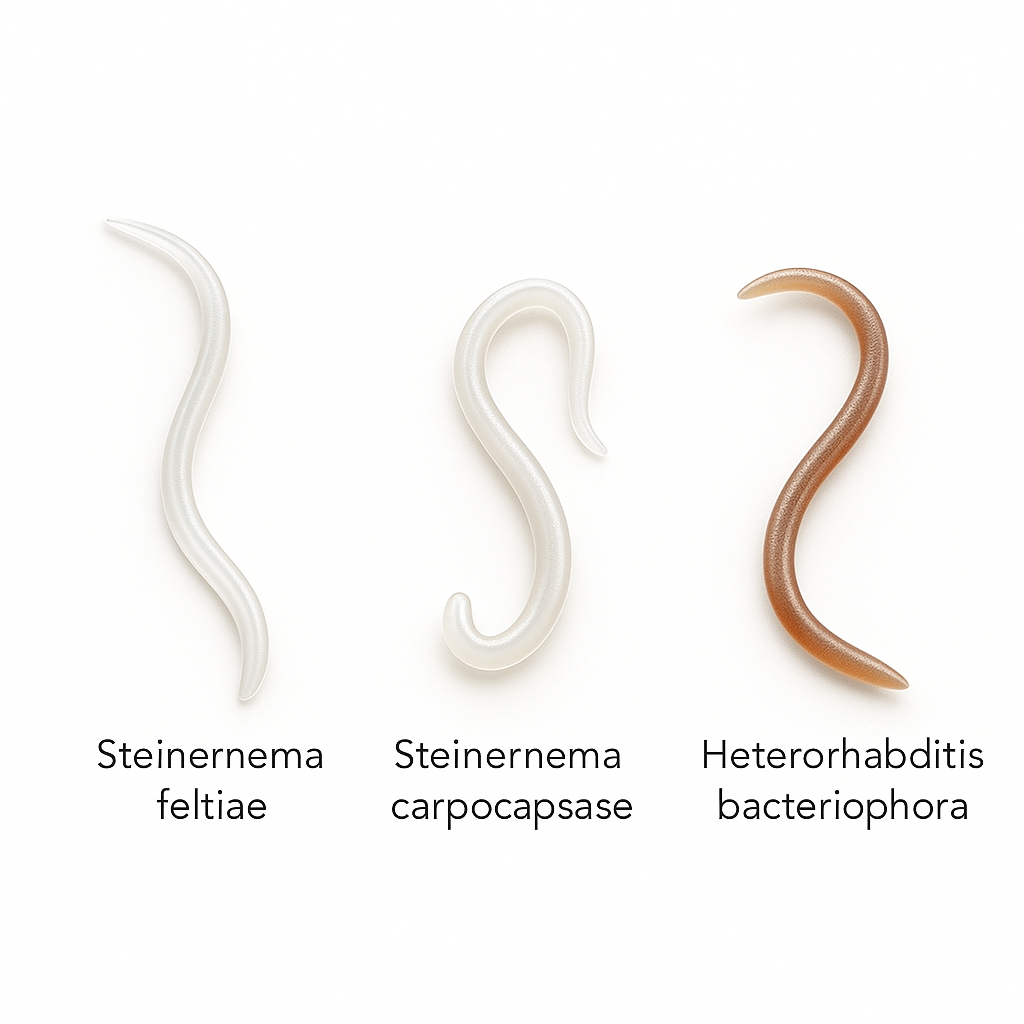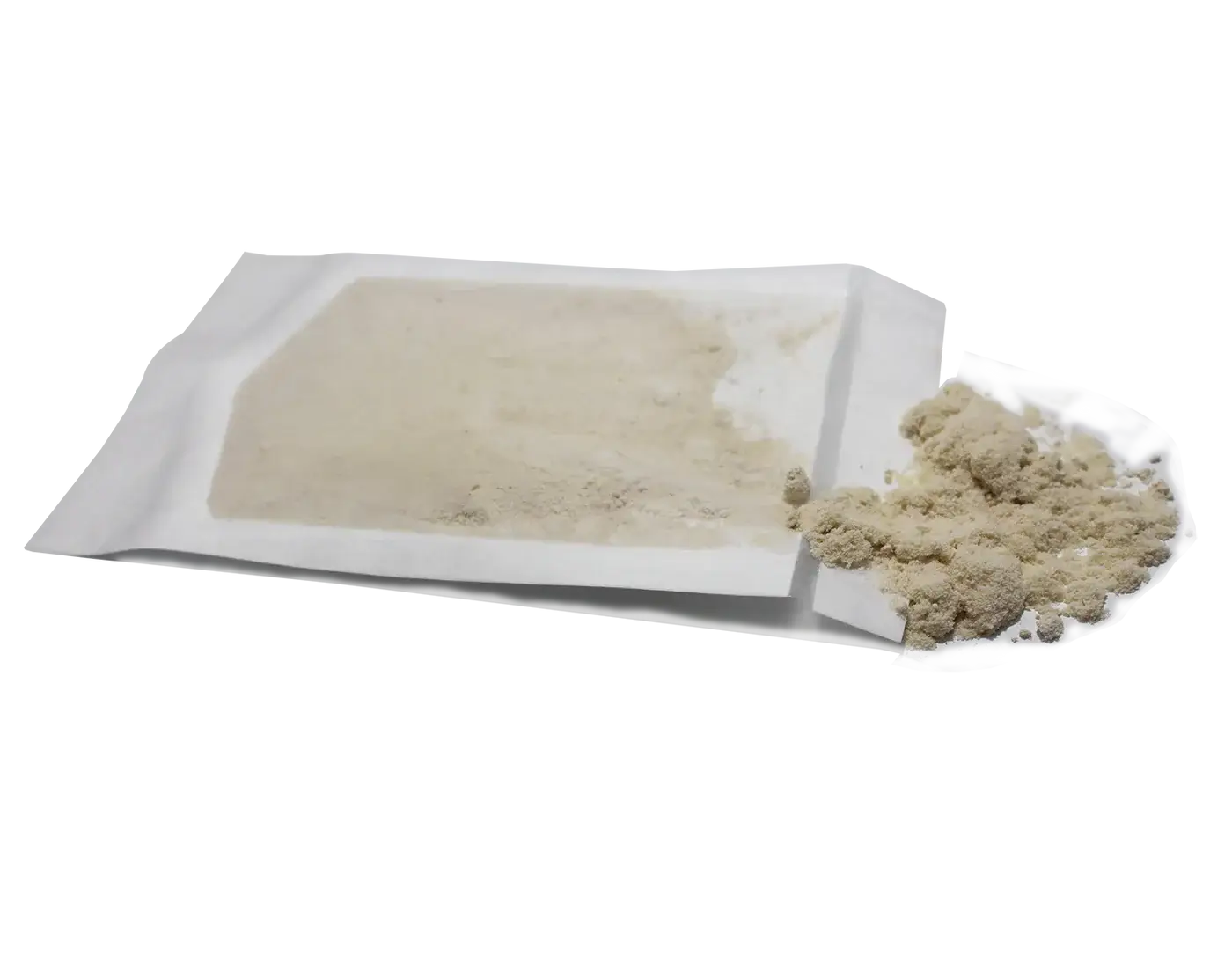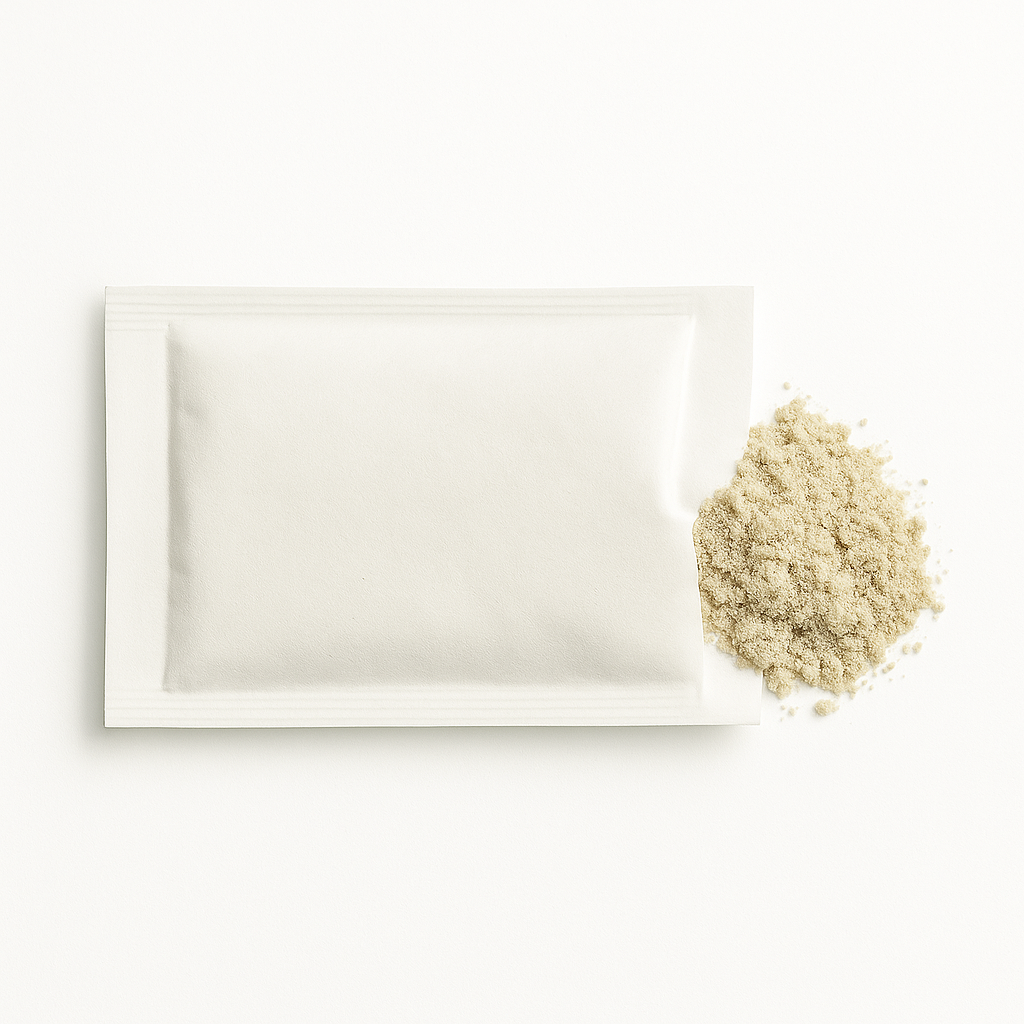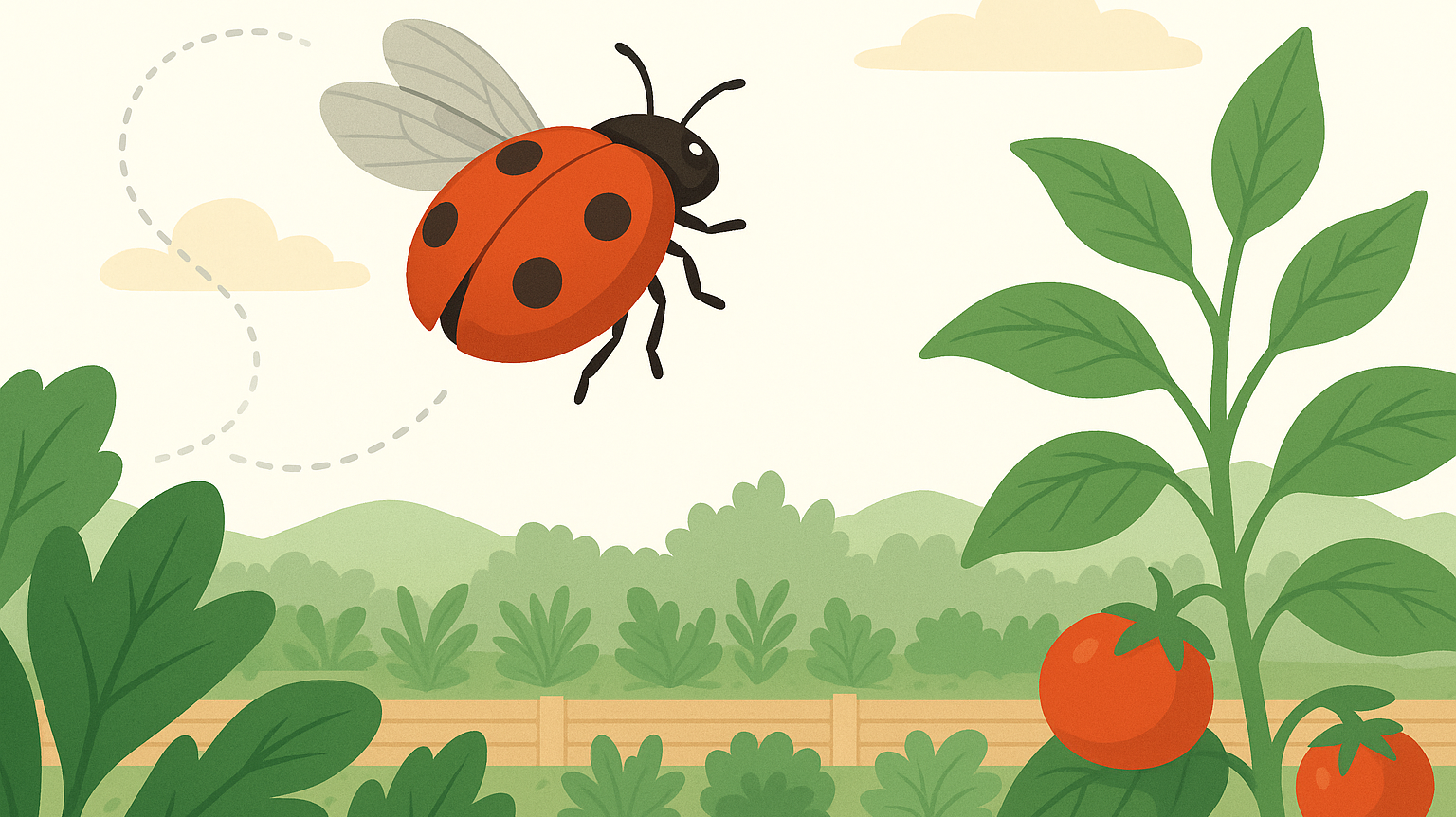Treating Soil Pests Without Sprays? Start Here.
Fungus gnats. Root weevils. Thrips pupae. Grubs. If it lives underground and damages your plants, this mix is built to end it.
Triple Blend Beneficial Nematodes
Three Species. One Goal: Wipe Out Soil Pests.
This blend combines three of the most effective species of entomopathogenic nematodes:
-
Steinernema feltiae – Stays near the surface to target fungus gnat larvae, shore flies, and thrips pupae
-
Heterorhabditis bacteriophora – Dives deeper to hit grubs, root weevils, and other root-feeding pests
-
Steinernema carpocapsae – Attacks in the top layer of soil; great for cutworms, armyworms, and borers
Together, they deliver fast-acting, full-depth protection across a wide range of soil-dwelling pests.
What It Treats
| Pest | Life Stage Targeted |
|---|---|
| Fungus gnat larvae | Upper soil layer |
| Root weevils | Deep larvae |
| Grubs (Japanese beetles, June bugs) | Soil-dwelling stages |
| Thrips pupae | In substrate |
| Cutworms and armyworms | Topsoil-active larvae |
| Borers and fruit flies | Soil-pupating stages |
| And more | Covers over 200 soil pests |
Need specifics? See our full pest compatibility chart.
Why Use the Triple Blend?
| Feature | Benefit |
|---|---|
| Multiple species | Coverage at different soil depths |
| Fast kill time | Most pests die within 2–5 days |
| Self-replicating | Nematodes multiply inside hosts |
| Safe | No residue, no re-entry, no harm to pollinators |
| Easy to apply | Water-soluble powder mixes quickly and goes straight to work |
Whether you're running a greenhouse, grow tent, garden bed, or orchard, this blend works across crops and pest types—without needing a degree in entomology to deploy it.
Where It Works Best
-
Soil temperatures: 53°F and up
-
Environments: Greenhouses, indoor grows, raised beds, garden plots, field crops
-
Humidity: Maintain even, damp moisture for 7–14 days post-application
-
Light exposure: Apply early morning, evening, or on cloudy days (UV-sensitive)
How Much to Use
| Infestation Level | Coverage |
|---|---|
| Preventive / Light | 5 million nematodes per 300 sq. ft. |
| Moderate to Heavy | 5 million per 50 sq. ft. |
| Reapplication | Every 2–4 weeks if pressure persists |
Use higher rates or reapply more often in hot spots, propagation areas, or known problem zones.
How to Apply
-
Pre-water soil before applying
-
Mix nematode powder with 1–5 gallons of non-chlorinated water (59–69°F)
-
Apply using a watering can, pump sprayer, or through irrigation
-
Lightly water again afterward to move nematodes deeper into the soil
-
Maintain even moisture for two weeks—don’t let it dry out
Pro Tips
-
Avoid oversaturation—damp, not soaked
-
No pesticides before or after—residue can kill nematodes
-
Mix fresh. Once diluted, use within 6 hours
-
Use consistently if you're breaking a heavy pest cycle
Shipping & Storage
-
Ships refrigerated with live delivery guarantee
-
Store at 35–50°F until use
-
Do not freeze
-
Once mixed with water, use within 6 hours
FAQ
How does the Live Guarantee work?
We know how important it is for your mites to arrive healthy and ready to work. That’s why we offer a live arrival guarantee—with flexible options depending on when we hear from you:
- Let us know within 24 hours of delivery: We’ll gladly send a free replacement shipment.
- Let us know within 2–3 days of delivery: We can offer store credit to make things right.
- After 3 days from delivery: Because these are living organisms, we’re not able to offer replacements or credit beyond that window. By then, it’s harder to know what went wrong or whether shipping conditions were a factor.
We truly want your mites to succeed—so please open your package as soon as it arrives and check on them. If something doesn’t look right, don’t wait—reach out and we’ll take care of you.
Where are you located?
We have a number of different locations in NJ, Maine and Oregon. While we'd love to have you, we are not currently open to the public.
Can I call you?
We get it. Sometimes it's easier to talk to someone, and on a case by case basis we can try to figure it out. Unfortunately though, we're really not able to take calls—FGMN is a small nursery, and we're usually elbows-deep in plants or packing boxes. To make sure nothing gets missed (and everyone gets a timely reply), we keep all communication in writing.
Feel free to message us at info@fgmnnursery.com. We mostly respond quickly, but every once in awhile replies may take a day. Do follow-up if you don't hear in that time. We're human, we miss an email here or there.
Too Many Options?
We get it. Try our mite/insect matchmaking quiz and instantly get matched to the solutions you may need.
Our Live Delivery Guarantee
We stand behind every leaf and every mite. If your plant or predatory insects don’t arrive alive on the first delivery attempt, we’ll make it right.
Here’s what you need to know:
- Email us at info@fgmnnursery.com within 24 hours of delivery
- Include clear photos of the item and the shipping label
- Someone must be available to receive the package—plants and bugs don’t do well sitting in the sun, a mailbox, or the back of a delivery truck
For plants, we offer store credit if something goes wrong.
For predatory mites and beneficial insects, you’ll have the choice of a replacement shipment or store credit.
If you contact us after the 24-hour window, we may still be able to help—just know it’s handled case by case.
We pack with care, insulate when needed, and check the weather before shipping. But once it’s in transit, the fastest way to protect your order is to open it right away.
Mite Matters
The Hidden Weather That Shapes Plant and Predator Life
Invisible weather shapes every growing space. Warm air pools under lights, cool air settles near the floor, and in between, tiny predators decide where they’ll thrive. Learn how microclimates influence the balance between plants, pests, and the mites that keep them in check.
If Ladybugs Are Just Going to Fly Away, Why Use Them?
Most ladybugs don’t fly off out of spite — they leave when the environment isn’t right. Learn how temperature, humidity, and shelter affect whether they settle or scatter, and how to create the ideal setup that keeps them working where you need them most.
Where Did My Predatory Mites Go?
Released predatory mites but can’t see them anymore? Don’t panic. Their invisibility is exactly what makes them effective. Learn why they vanish, how they hunt pests out of sight, and why reapplying keeps your plants protected.









